Knowing how to administer first aid darts related injury can significantly minimize potential harm and prevent complications. This guide provides step-by-step instructions on managing common darts-related injuries, including puncture wounds, eye injuries, and slips/falls around the dartboard. We’ll cover immediate care, when to seek professional medical attention, and preventative measures.
⚠️ Still Using Pen & Paper (or a Chalkboard)?! ⚠️
Step into the future! The Dart Counter App handles all the scoring, suggests checkouts, and tracks your stats automatically. It's easier than you think!
Try the Smart Dart Counter App FREE!Ready for an upgrade? Click above!
Understanding Darts Related Injuries and First Aid
While darts is generally a safe sport, accidents can happen. It’s crucial to be prepared to administer appropriate first aid darts related injury to prevent further complications. Common injuries range from minor puncture wounds to more serious eye injuries and slips/falls. This section outlines the types of injuries and the importance of knowing how to respond quickly and effectively.
Understanding the specific nature of each injury is vital for proper treatment. A minor puncture wound might only require cleaning and bandaging, while an eye injury necessitates immediate professional medical assistance. Being aware of potential risks associated with playing darts contributes to a safer environment for everyone involved.
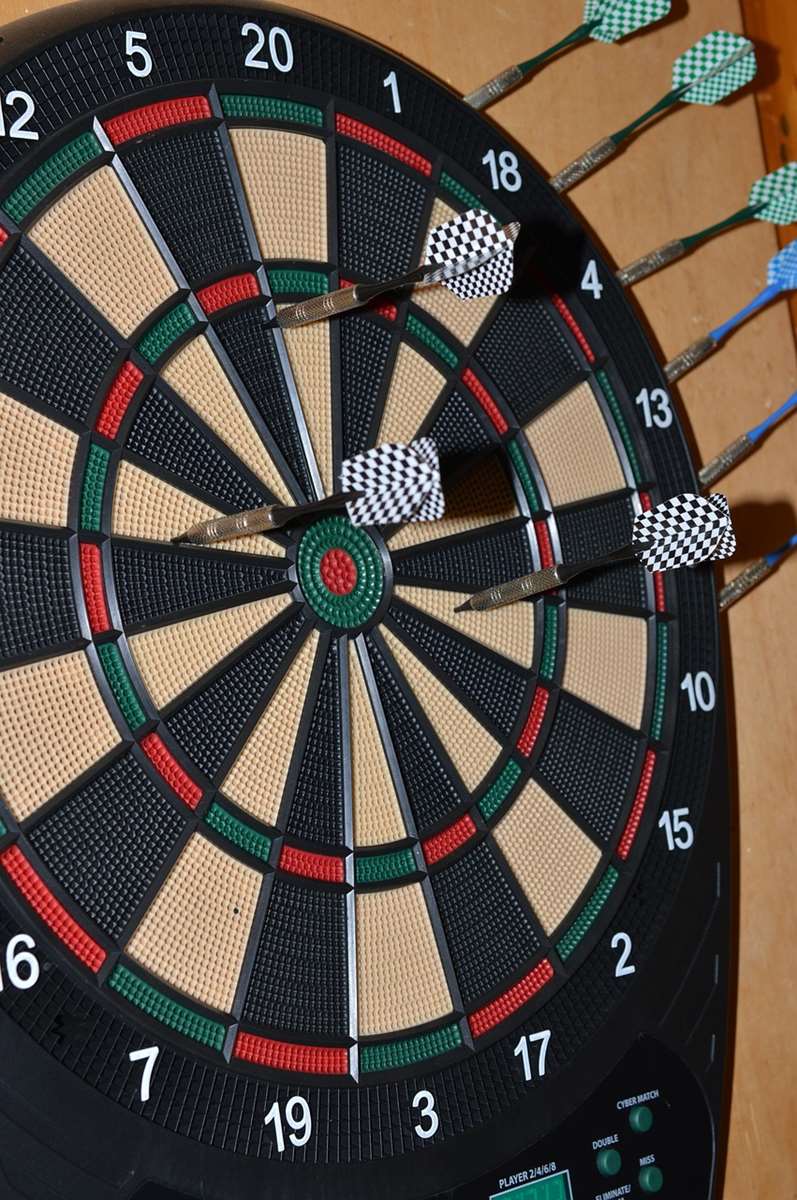
Common Types of Darts Related Injuries
- Puncture Wounds: The most common injury is a puncture wound from a dart hitting a person instead of the dartboard. These can range from superficial scratches to deeper wounds.
- Eye Injuries: While rare, a dart hitting someone in the eye is a serious emergency requiring immediate medical attention.
- Slips and Falls: Slipping or tripping near the dartboard can lead to sprains, strains, or even fractures. Uneven surfaces, spilled drinks, or poor lighting can increase the risk.
- Soft Tissue Injuries: These include bruises, sprains, and strains resulting from falls or awkward movements while throwing.
Immediate First Aid for Puncture Wounds
Puncture wounds are the most frequent type of first aid darts related injury that you’ll encounter when playing darts. Treating them properly is crucial to prevent infection and promote healing. Even seemingly minor punctures should be addressed promptly.
Key steps include controlling bleeding, cleaning the wound thoroughly, and protecting it from contamination. Knowing how to handle these simple yet important tasks can make a big difference in preventing complications.
Step-by-Step Guide to Treating a Dart Puncture Wound
- Control Bleeding: Apply direct pressure to the wound using a clean cloth. Elevate the injured area if possible.
- Clean the Wound: Wash the wound thoroughly with mild soap and clean water. Remove any visible dirt or debris. You might also consider using a sterile saline solution.
- Apply Antiseptic: After cleaning, apply a mild antiseptic solution (such as hydrogen peroxide or rubbing alcohol) to help prevent infection.
- Bandage the Wound: Cover the wound with a clean, sterile bandage. Change the bandage daily or more frequently if it becomes soiled.
- Monitor for Infection: Watch for signs of infection, such as increased pain, redness, swelling, pus, or fever. If any of these occur, seek medical attention promptly.
Addressing Dart Related Eye Injuries: A Critical First Aid Response
An eye injury from a dart is a serious emergency requiring immediate medical attention. Providing appropriate first aid darts related injury in this situation can significantly impact the outcome. Do not attempt to remove a dart embedded in the eye.
The primary goal is to protect the eye from further damage and ensure prompt transportation to a medical facility. Minimizing movement and preventing the injured person from rubbing the eye are crucial steps.
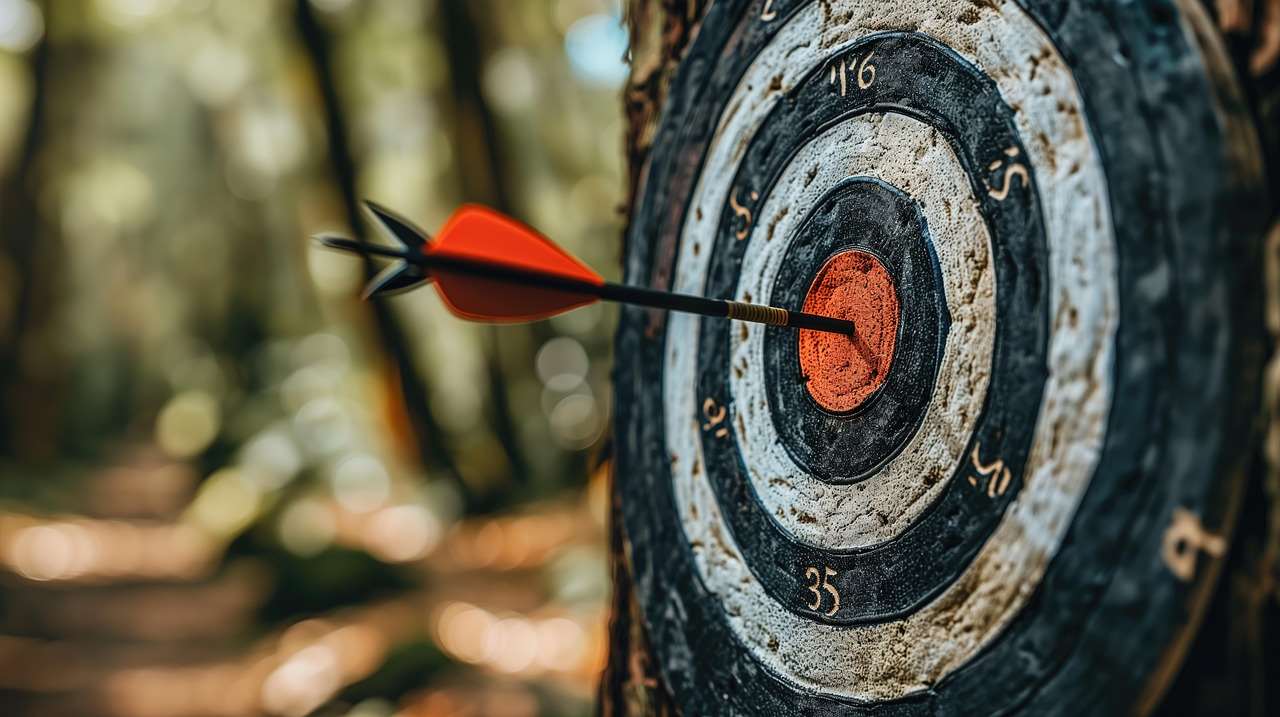
Immediate Actions for a Dart Eye Injury
- Do Not Remove the Dart: Leave the dart in place. Removing it could cause further damage.
- Protect the Eye: Gently cover the injured eye with a rigid shield, such as a paper cup or the bottom of a plastic bottle, taped in place to prevent any pressure on the eye.
- Cover the Uninjured Eye: Covering both eyes helps to minimize eye movement, which can reduce further injury.
- Call Emergency Services (911): Immediately call for an ambulance or transport the person to the nearest emergency room.
- Keep the Person Calm: Reassure the injured person and keep them as calm as possible.
First Aid for Slips, Trips, and Falls Around the Dartboard
Slips, trips, and falls are another potential source of first aid darts related injury in a darts environment. These accidents can result in sprains, strains, fractures, or head injuries. Proper assessment and immediate care are essential.
The initial response focuses on evaluating the extent of the injury, providing support, and preventing further harm. Understanding basic principles of managing musculoskeletal injuries is vital.
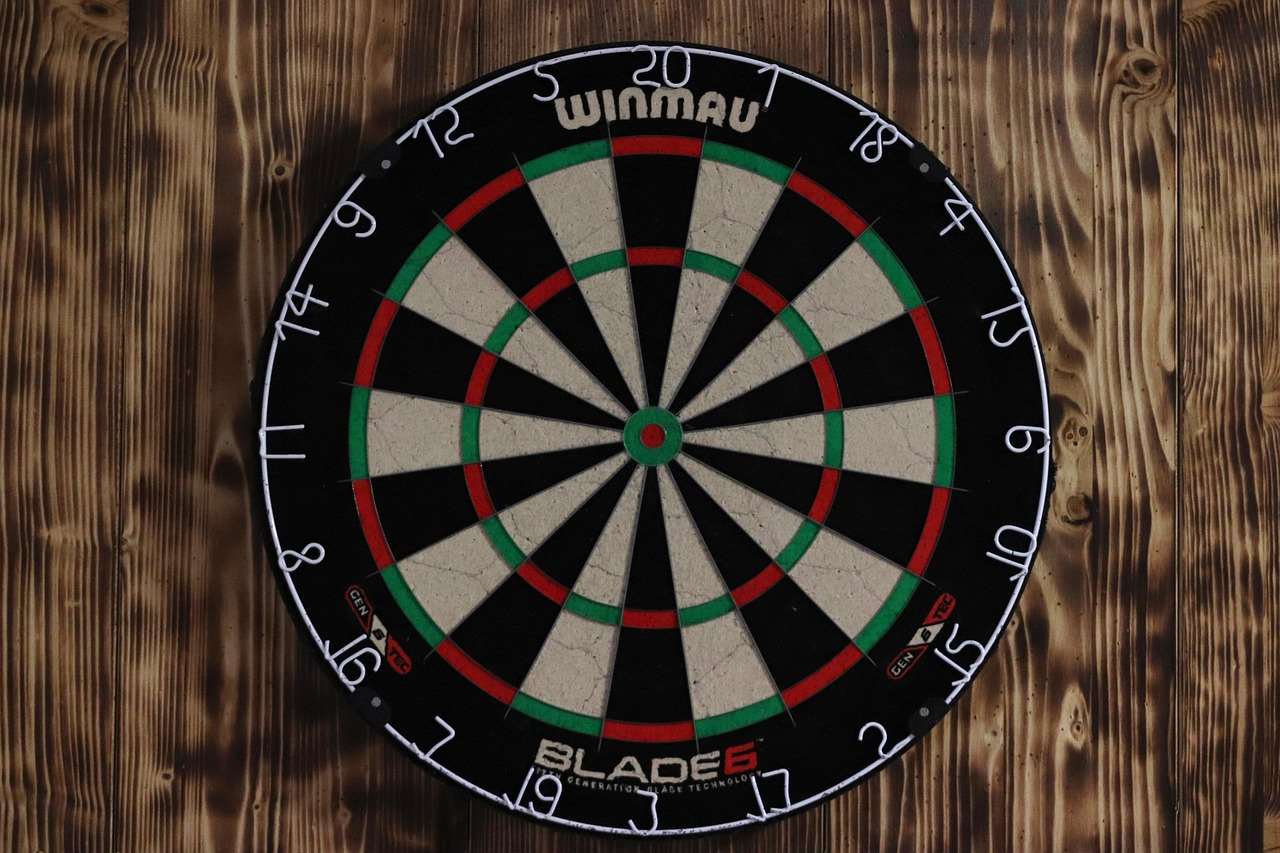
Responding to a Slip, Trip, or Fall
- Assess the Situation: Check for consciousness, breathing, and any obvious signs of injury, such as deformities or bleeding.
- Call for Help: If the person is unconscious or has a serious injury, call emergency services (911).
- Provide Support: If the person is conscious and able to move, help them to a comfortable position.
- R.I.C.E. Method (for Sprains and Strains):
- Rest: Avoid using the injured area.
- Ice: Apply ice packs for 20 minutes at a time, several times a day.
- Compression: Wrap the injured area with a bandage to provide support.
- Elevation: Elevate the injured area above the heart.
- Monitor the Person: Watch for any changes in their condition and seek medical attention if necessary.
Preventing Darts Related Injuries: A Proactive Approach
Prevention is always better than cure. Taking proactive steps to minimize the risk of first aid darts related injury can significantly reduce the likelihood of accidents during darts games.
Creating a safe playing environment and adhering to basic safety guidelines are crucial components of injury prevention. These simple measures can make a big difference in ensuring everyone enjoys the game safely. Remember to consider Adapting darts rules for beginners.
Safety Measures to Implement
- Safe Dartboard Setup:
- Ensure the dartboard is securely mounted on a stable wall.
- Use a dartboard surround to protect the surrounding area from stray darts.
- Provide adequate lighting around the dartboard.
- Ensure there is enough space around the dartboard for players to stand safely. Also, make sure to consider Adapting darts rules for small spaces: tips and tricks.
- Clear Playing Area:
- Keep the area around the dartboard clear of obstacles, such as furniture, bags, and pets.
- Ensure the floor is clean and dry to prevent slips and falls.
- Safe Dart Handling:
- Only throw darts when the area is clear.
- Never throw darts at people or animals.
- Store darts safely when not in use. Also, make sure to consider the Basic Darts Fundamentals for Beginners.
- Responsible Play:
- Avoid playing darts under the influence of alcohol or drugs.
- Take breaks to avoid fatigue.
- Be mindful of your surroundings and other players.
When to Seek Professional Medical Attention
While some first aid darts related injury can be managed at home, certain situations require immediate professional medical attention. Recognizing these situations is crucial for ensuring the best possible outcome.
Prompt medical evaluation is necessary for serious injuries, such as eye injuries, deep puncture wounds, or suspected fractures. Delaying treatment can lead to complications and long-term health problems.
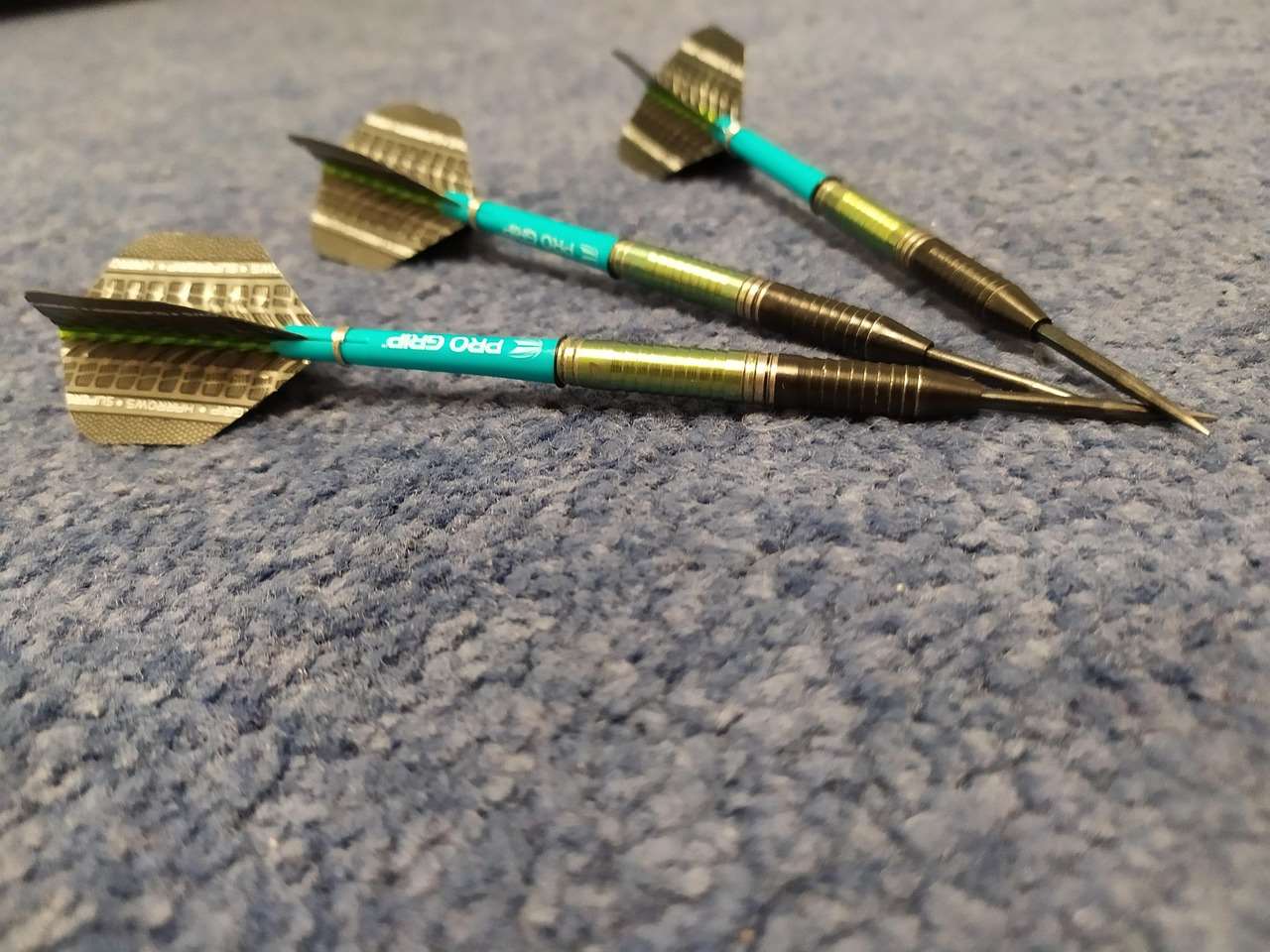
Situations Requiring Medical Attention
- Eye Injuries: Any injury to the eye, no matter how minor it seems, requires immediate medical evaluation.
- Deep Puncture Wounds: Puncture wounds that are deep, bleed excessively, or show signs of infection should be evaluated by a doctor.
- Suspected Fractures: If you suspect a fracture (broken bone), seek immediate medical attention. Symptoms include severe pain, swelling, deformity, and inability to move the injured area.
- Head Injuries: Any head injury, especially if accompanied by loss of consciousness, confusion, vomiting, or headache, requires immediate medical evaluation.
- Signs of Infection: If a wound shows signs of infection (increased pain, redness, swelling, pus, or fever), seek medical attention promptly.
When in doubt, it’s always best to err on the side of caution and seek professional medical advice.
Essential Components of a Darts First Aid Kit
Having a well-stocked first aid darts related injury kit readily available is essential for any darts setup. This kit should contain all the necessary supplies to address common injuries that may occur during gameplay.
A comprehensive first aid kit empowers you to respond quickly and effectively to minor injuries, preventing them from becoming more serious. Regularly checking and replenishing the kit ensures you’re always prepared.
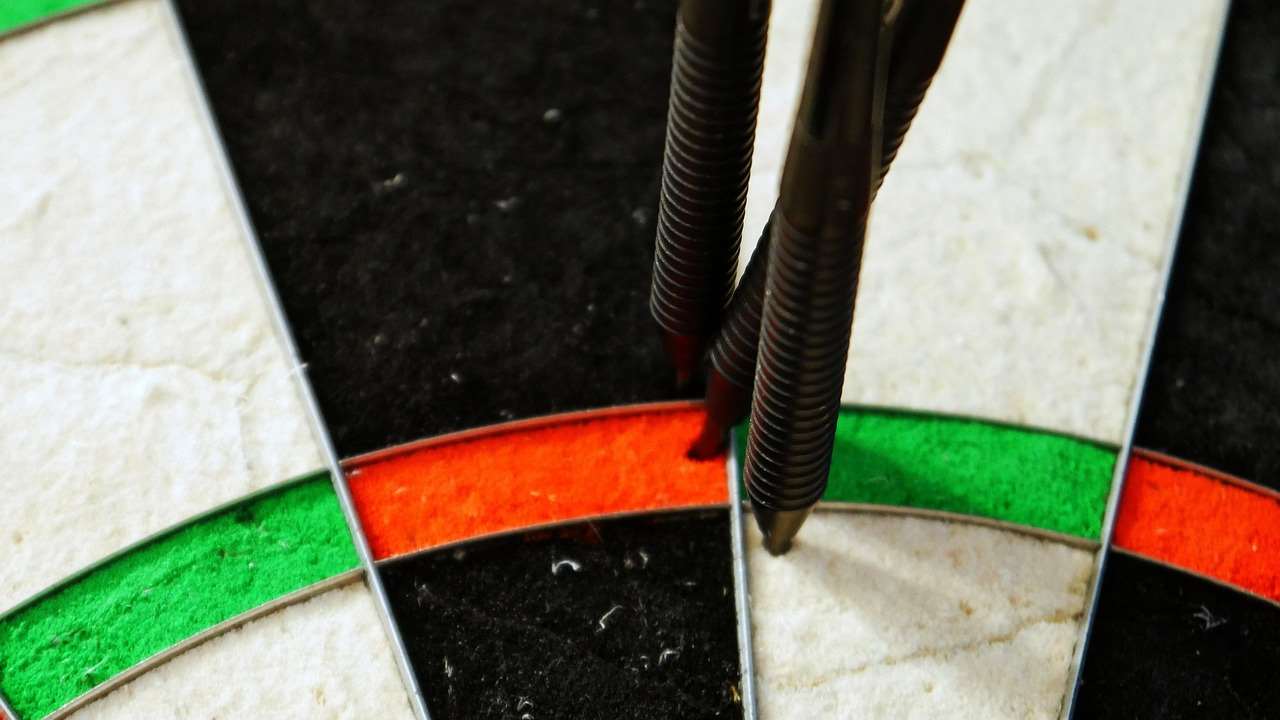
Recommended Items for Your Darts First Aid Kit
- Adhesive Bandages: Various sizes for covering minor cuts and scrapes.
- Sterile Gauze Pads: For cleaning and dressing wounds.
- Antiseptic Wipes or Solution: For cleaning wounds to prevent infection.
- Medical Tape: For securing bandages.
- Scissors: For cutting bandages and tape.
- Tweezers: For removing splinters or debris from wounds.
- Instant Cold Pack: For treating sprains and strains.
- Pain Relievers: Over-the-counter pain relievers (such as ibuprofen or acetaminophen) for managing pain.
- Eye Wash Solution: For flushing out irritants from the eye.
- Emergency Contact Information: A list of emergency phone numbers, including local emergency services and poison control.
Ensure all members of your darts group know where the first aid kit is located and how to use its contents. Also, remember that Fun dart game variations with modified rules can help reduce some risk.
Conclusion: Prioritizing Safety and Preparedness in Darts
Understanding and implementing proper first aid darts related injury procedures is paramount for ensuring a safe and enjoyable darts experience. By knowing how to respond to common injuries, taking preventive measures, and maintaining a well-stocked first aid kit, you can significantly minimize the risk of accidents and protect yourself and others from harm. Remember, responsible play and a proactive approach to safety are key to making darts a fun and accident-free activity. For further information, consult your local first aid resources or healthcare provider. Make darts safer today!
Hi, I’m Dieter, and I created Dartcounter (Dartcounterapp.com). My motivation wasn’t being a darts expert – quite the opposite! When I first started playing, I loved the game but found keeping accurate scores and tracking stats difficult and distracting.
I figured I couldn’t be the only one struggling with this. So, I decided to build a solution: an easy-to-use application that everyone, no matter their experience level, could use to manage scoring effortlessly.
My goal for Dartcounter was simple: let the app handle the numbers – the scoring, the averages, the stats, even checkout suggestions – so players could focus purely on their throw and enjoying the game. It began as a way to solve my own beginner’s problem, and I’m thrilled it has grown into a helpful tool for the wider darts community.